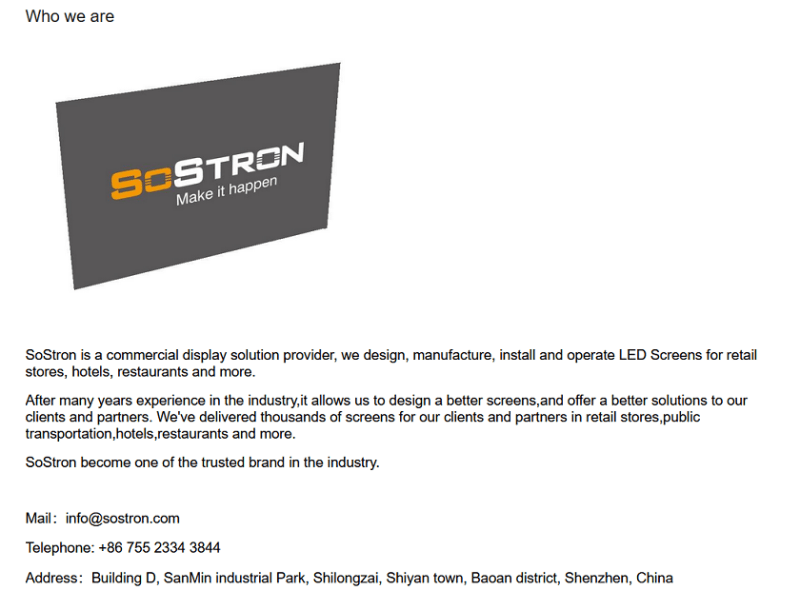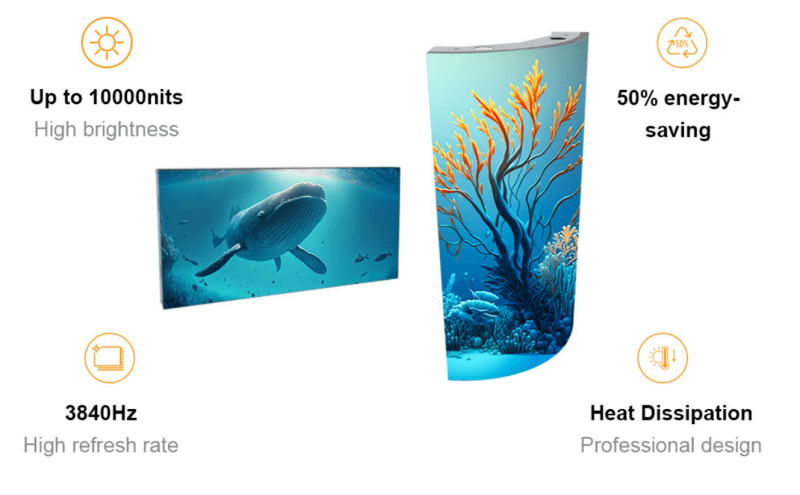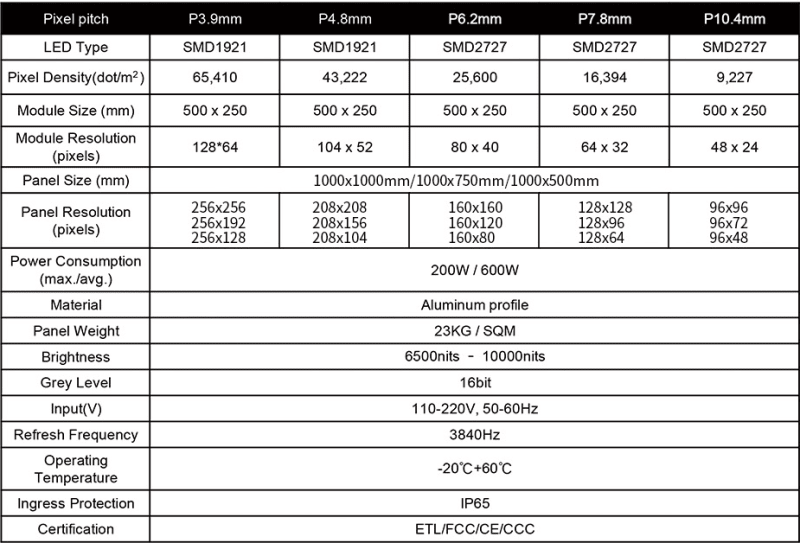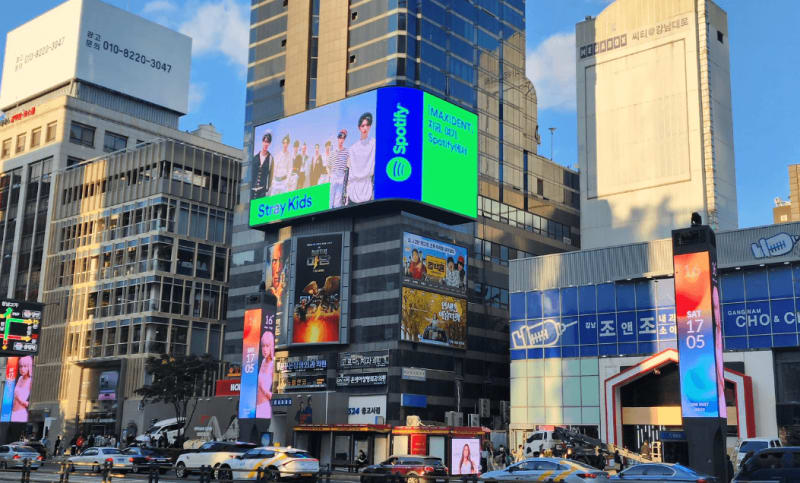As the application fields of LED display screens become wider and wider, the light pollution caused by its high brightness is often criticized by people. In order to better avoid light pollution, I have compiled some safety brightness parameter setting methods and safety protection measures for LED displays. Do you know how LED billboards work?
Setting the safe brightness parameters of the LED display and taking protective measures are important steps to ensure the normal operation of the screen and protect the audience. Here's how to set safe brightness parameters and take protective measures:
Set safe brightness parameters:
Understand the ambient lighting conditions: Before setting the safe brightness parameters of the LED display, you must first understand the ambient lighting conditions where the screen is located. This includes indoors or outdoors, day or night, brightness of surrounding light sources, etc.
Determine brightness based on viewer location: Determine the distance and angle at which viewers will typically view the screen. Based on this information, set an appropriate initial brightness level.
Adaptive brightness control: Modern LED displays often feature adaptive brightness control, which can adjust brightness levels in real time based on ambient lighting conditions. Enabling this feature maintains visibility in different environments and saves energy.
Calibration: Use professional calibration tools and equipment to ensure your screen's brightness, contrast, and color are accurate.
Set the upper limit of brightness: In the screen control system, set the upper limit of brightness to ensure that it does not exceed the safe range. This helps prevent excessive glare from occurring.
Take protective measures:
Set up a gradient transition: When switching from a dark environment to a bright screen, use a gradient transition to gradually increase the brightness instead of suddenly increasing it. This reduces glare for viewers.
Regular inspection and maintenance: Regularly check the status of the LED display to ensure that the brightness, color and contrast are still within safe limits. Repair faulty or failed LED modules promptly.

Provide an anti-glare barrier: If you have viewers standing or sitting around the screen, consider installing an anti-glare barrier to mitigate glare and reflections.
Logo brightness warning: Set up logos around the LED display to warn viewers not to look directly at the screen for a long time to avoid eye damage.
Regularly train staff: If there are people responsible for operating and maintaining LED displays, make sure they are trained on brightness settings and safe operating guidelines.

Emergency shutdown mechanism: When necessary, ensure that there is a mechanism for emergency shutdown of the LED display to deal with emergencies, such as excessive brightness or other problems.
Setting safe brightness parameters and taking protective measures can ensure the safe operation of LED displays in various environments while protecting the visual health of viewers. Additionally, it is important to follow the manufacturer's recommendations and safety guidelines.

Thank you for watching. I hope we can solve your problems. Sostron is a professional LED display manufacturer. We provide all kinds of displays, display leasing and display solutions around the world. If you want to know: Factors Affecting the Price of LED Display. Please click read.
Follow me! Take you to know more about led display knowledge.
Contact us on WhatsApp:https://api.whatsapp.com/send/?phone=8613570218702&text&type=phone_number&app_absent=0








Top comments (0)